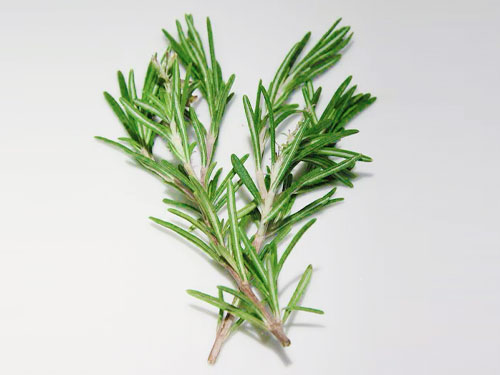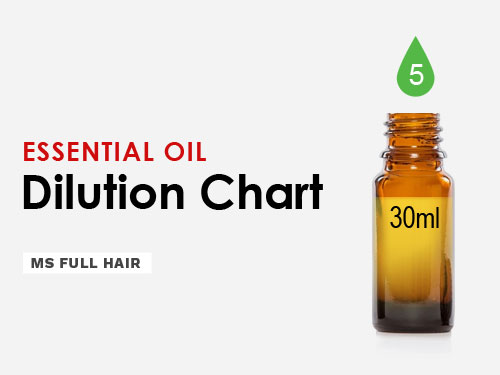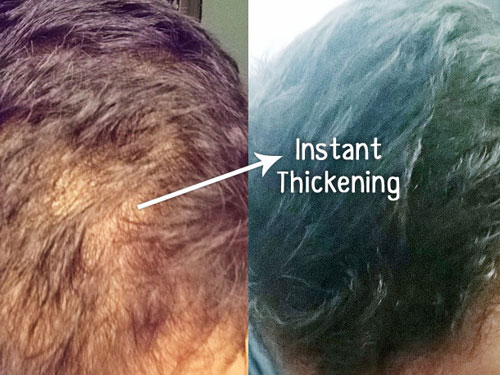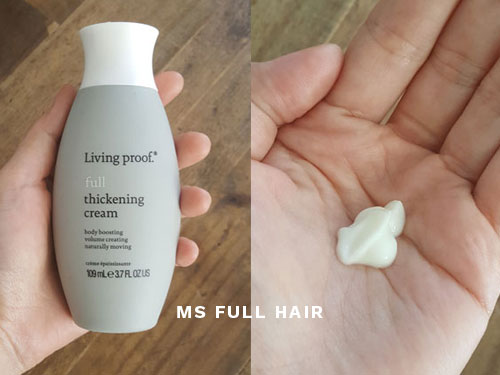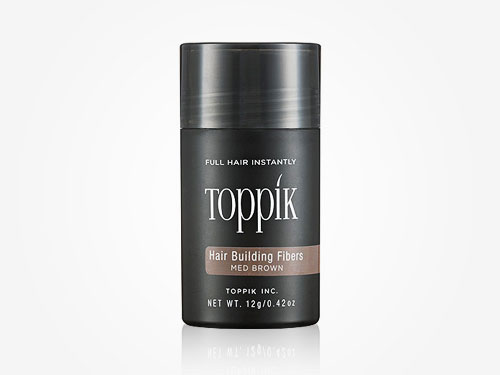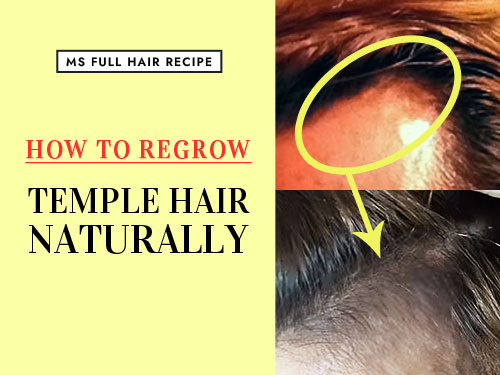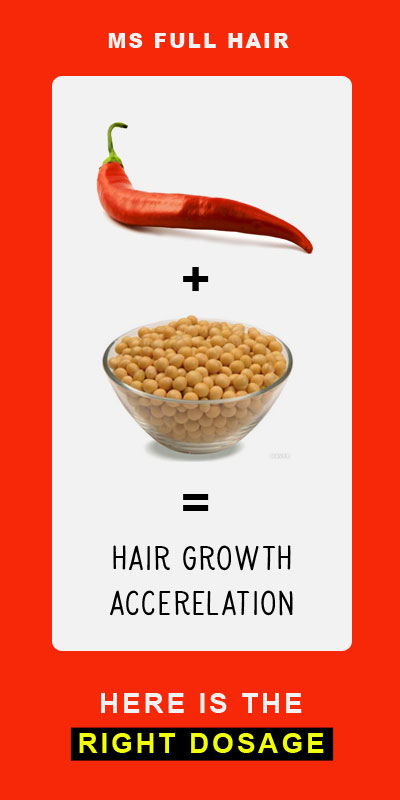
This recipe is based on a 2007 Japanese study. The researchers note that in order to stimulate hair growth, increasing the level of IGF-1 (Insulin-like growth factor-1) hormone is essential.
They mention that you can do this by stimulating sensory nerves using two ingredients – capcaisin and isoflavone – which helps release CGRP (calcitonin gene-related peptide) and in turn produce IGF-1 in hair follicles.
Ingredients
The participants were instructed to take 6 mg of capsaicin and 75 mg of isoflavone per day internally for 5 months.
So to follow the study, you can use either of these options:
- Option 1: Natural foods (The most optimal way)
- Option 2: Supplements (Quick and convenient)
Option 1: Natural foods
For isoflavones:
- Miso: 1/2 cup contains 57 mg of isoflavones
- Soybeans: 1/2 cup contains 56 mg of isoflavones (boiled version)
- Soybeans: 1 ounce contains 42 mg of isoflavones (dry roasted)
- Tofu: 3 ounces of tofu contains 19 mg of isoflavones
The amount of isoflavone content varies depending on which data you are looking at. The above data is from USDA Food Composition Database and Oregan State University.
For capsaicin:
- Cayenne pepper: 4.5 tsp contains 8 mg of capsaicin
According to an article from Department of Chemistry at King Saud University, cayenne pepper contains 1.32 mg of capsaicin per gram (dry weight).
So, you will need take about 8 mg (7.92 mg to be exact) of dried cayenne pepper in order to get 6 mg of capsaicin content per day.
In general, capsicum fruit (aka various types of peppers – such as cayenne and chili peppers) contains from 2.19 to 19.73 mg/g of capsaicin (dry weight).
Option 2: Supplements
If you are looking for a more direct and convenient version, consider supplements that contain isoflavone and capsaicin.
Note that we couldn’t find a supplement that contains the exact dosage of what the study suggests. But here are a couple of suggestions to consider:
- Isoflavone supplement (Each capsule contains 20 mg of isoflavone)
- Capsaicin supplement (Each capsule contains 2.25 g of capsaicin)
How long to see results?
Take consistently for 5 months to see results (according to the study).


